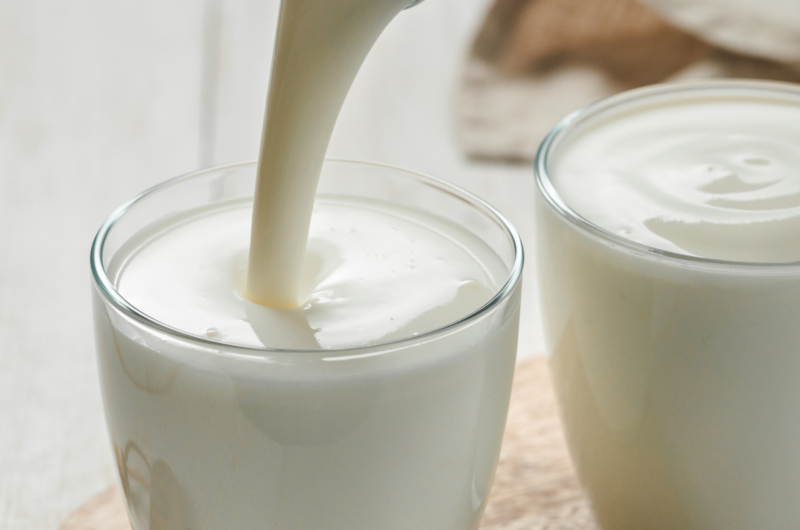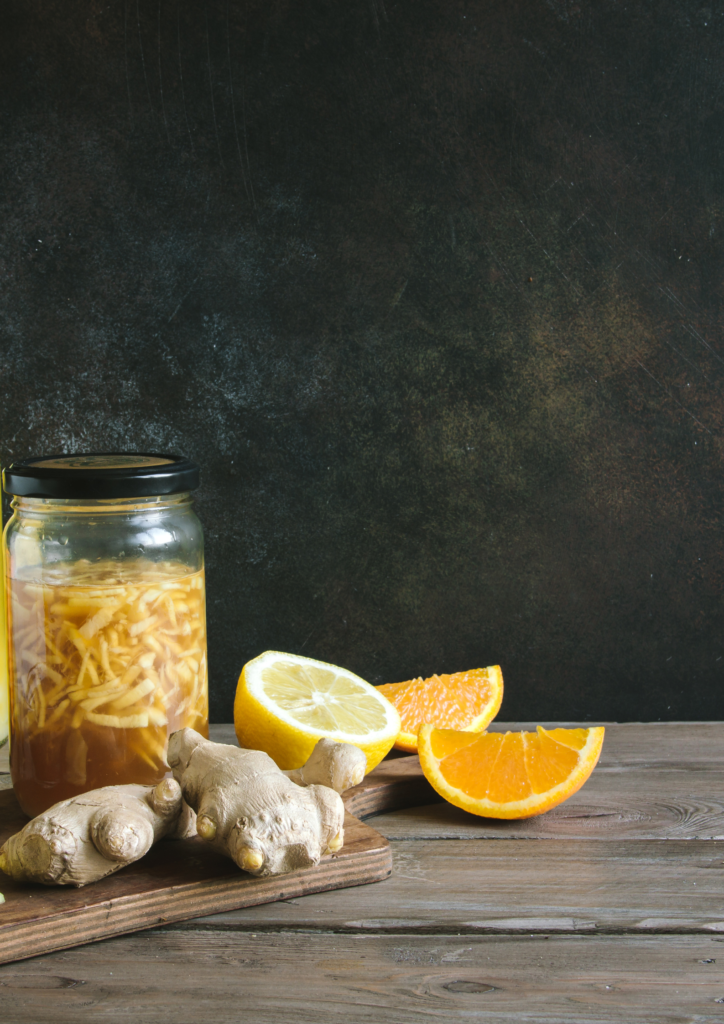How to Make Kefir at Home: A Complete Guide
Kefir is a probiotic-rich fermented drink, similar to yogurt but thinner in consistency and packed with more beneficial bacteria. Originating from the Caucasus Mountains, kefir has become a staple in health-conscious households due to its numerous benefits for gut health, immunity, and digestion.
Jump to Recipe
What Is Kefir?
Kefir is made by fermenting milk with kefir grains—a combination of bacteria and yeast in a symbiotic matrix. These grains ferment the milk, breaking down lactose and producing a tangy, slightly fizzy drink. It’s highly versatile and can be consumed plain, in smoothies, or as a base for salad dressings.
Health Benefits of Kefir
- Probiotic Powerhouse: Kefir contains 30+ strains of beneficial bacteria and yeast, supporting gut health and improving digestion.
- Lactose-Friendly: The fermentation process reduces lactose, making it suitable for people with lactose sensitivity.
- Rich in Nutrients: It’s high in calcium, protein, B vitamins, and magnesium.
- Boosts Immunity: Probiotics and bioactive compounds in kefir strengthen the immune system.
- Anti-Inflammatory: It may help reduce inflammation and support overall health.
How do you make kefir?
How to make Kefir at home
Course: FermentationDifficulty: Easy4
servings5
minutes24
hours150
kcal
Kefir is a probiotic-rich fermented drink, similar to yogurt but thinner in consistency and packed with more beneficial bacteria. Originating from the Caucasus Mountains, kefir has become a staple in health-conscious households due to its numerous benefits for gut health, immunity, and digestion.
Ingredients and equipment
1 quart (4 cups) whole milk (cow, goat, or plant-based options like coconut milk can be used)
2-3 tablespoons active kefir grains
A clean glass jar (1 quart size)
Wooden spoon (avoid metal as it may react with the grains)
Directions
- Sterilize your glass jar with hot water to prevent contamination. Let it dry completely.
- Place 2-3 tablespoons of kefir grains into the jar.
- Pour 4 cups of milk over the grains, leaving an inch of space at the top.
- Cover the jar with cheesecloth or a coffee filter and secure it with a rubber band.
- Leave the jar at room temperature (68–75°F) for 24-48 hours. Stir gently once or twice during the fermentation process for even fermentation.
- After 24 hours, check the consistency. The kefir should be slightly thickened and tangy. If it’s not ready, let it ferment for another 12-24 hours.
- Strain the kefir using a fine-mesh strainer to separate the grains from the liquid.
- Store the finished kefir in an airtight container in the refrigerator for up to a week.
- Rinse the kefir grains with non-chlorinated water and reuse them for your next batch.
Recipe Video
Notes
- Servings: 4 (1 cup per serving)
Calories per Serving: ~150 (using whole milk; varies with milk type)
Fermentation time: 1,440–2,880 minutes = 24-48 hours
Tips for Making Perfect Kefir
- Milk Type: Whole milk produces the creamiest kefir. Plant-based options work but may require adjustments.
- Flavoring: Add honey, vanilla extract, or blended fruits to sweeten and flavor your kefir.
- Fermentation Time: The longer it ferments, the tangier it gets. Adjust based on your taste preferences.
- Temperature Matters: Too hot or too cold can affect the fermentation process. Aim for a stable room temperature.
Key Takeaways
- Kefir is a nutrient-rich fermented drink that supports gut health and overall wellness.
- Making kefir at home is simple, cost-effective, and customizable to your taste.
- With just milk and kefir grains, you can create a versatile drink packed with probiotics and essential nutrients.

As an Amazon Affiliate, we earn from qualifying purchases, but at no extra cost you.
Enjoy your homemade kefir and experience the natural benefits it brings to your health! 🌿✨
Reference List
Farnworth, E. R. (2005). Kefir – A Fermented Milk Product. Advances in Food and Nutrition Research, 50, 1–17.
Saarela, M., et al. (2002). Probiotic bacteria: safety, functional and technological properties. Journal of Biotechnology, 84(3), 197–215.
Sanders, M. E., et al. (2013). Probiotic and prebiotic applications for gut health. Current Opinion in Biotechnology, 24(2), 160–165.
Subscribe today and get your two free recipes




